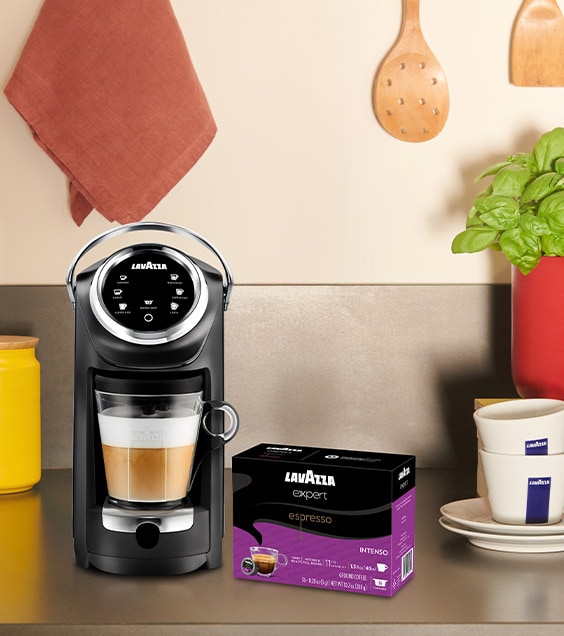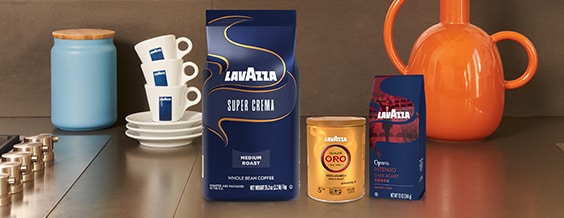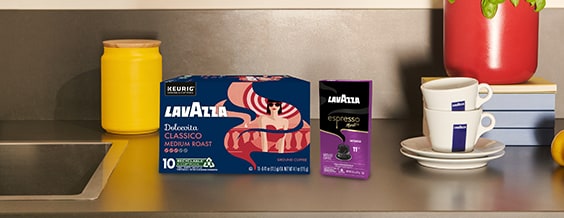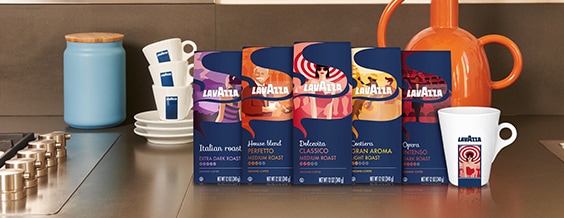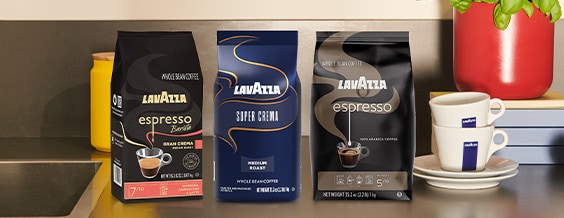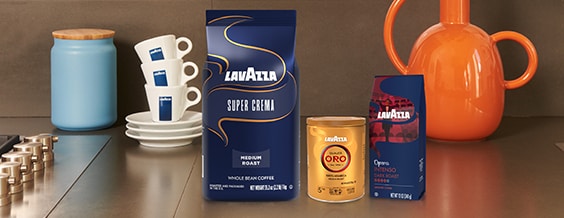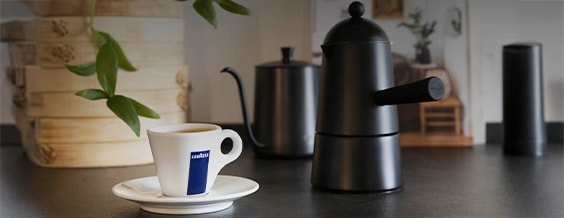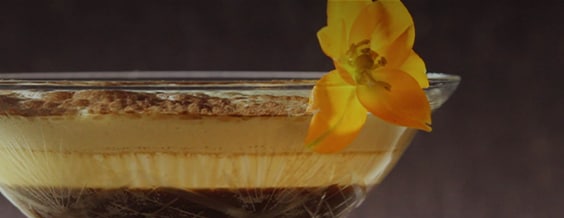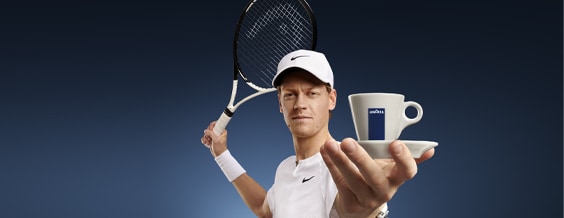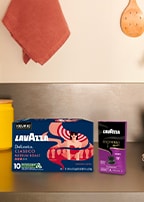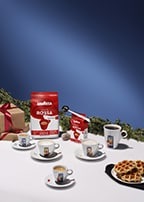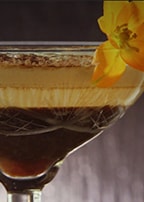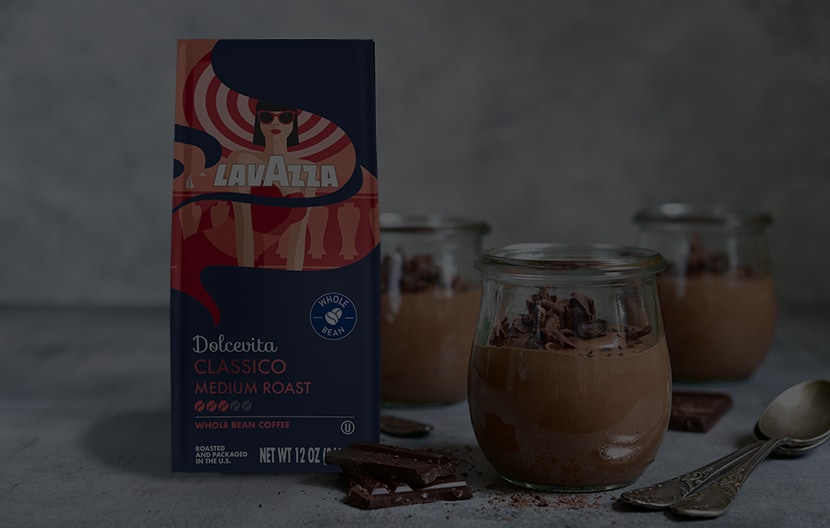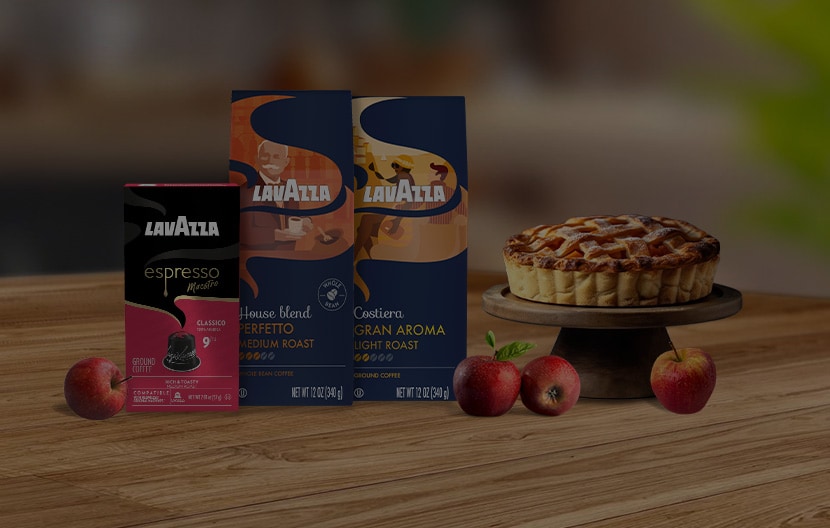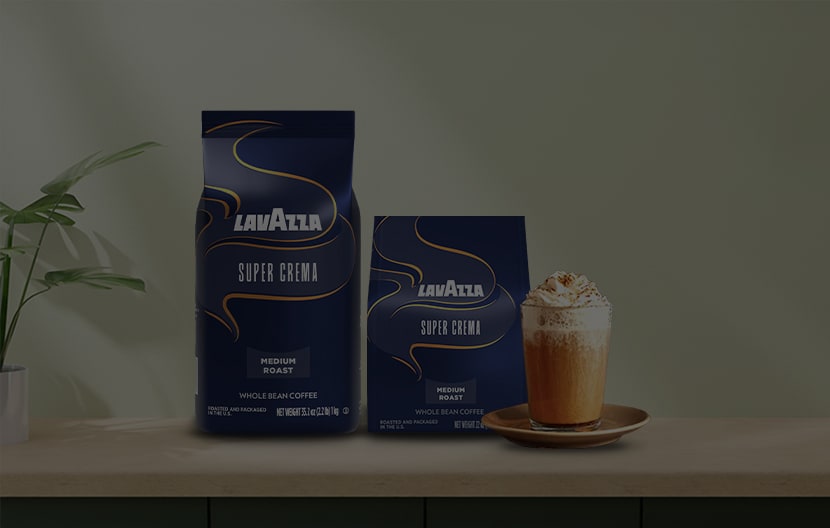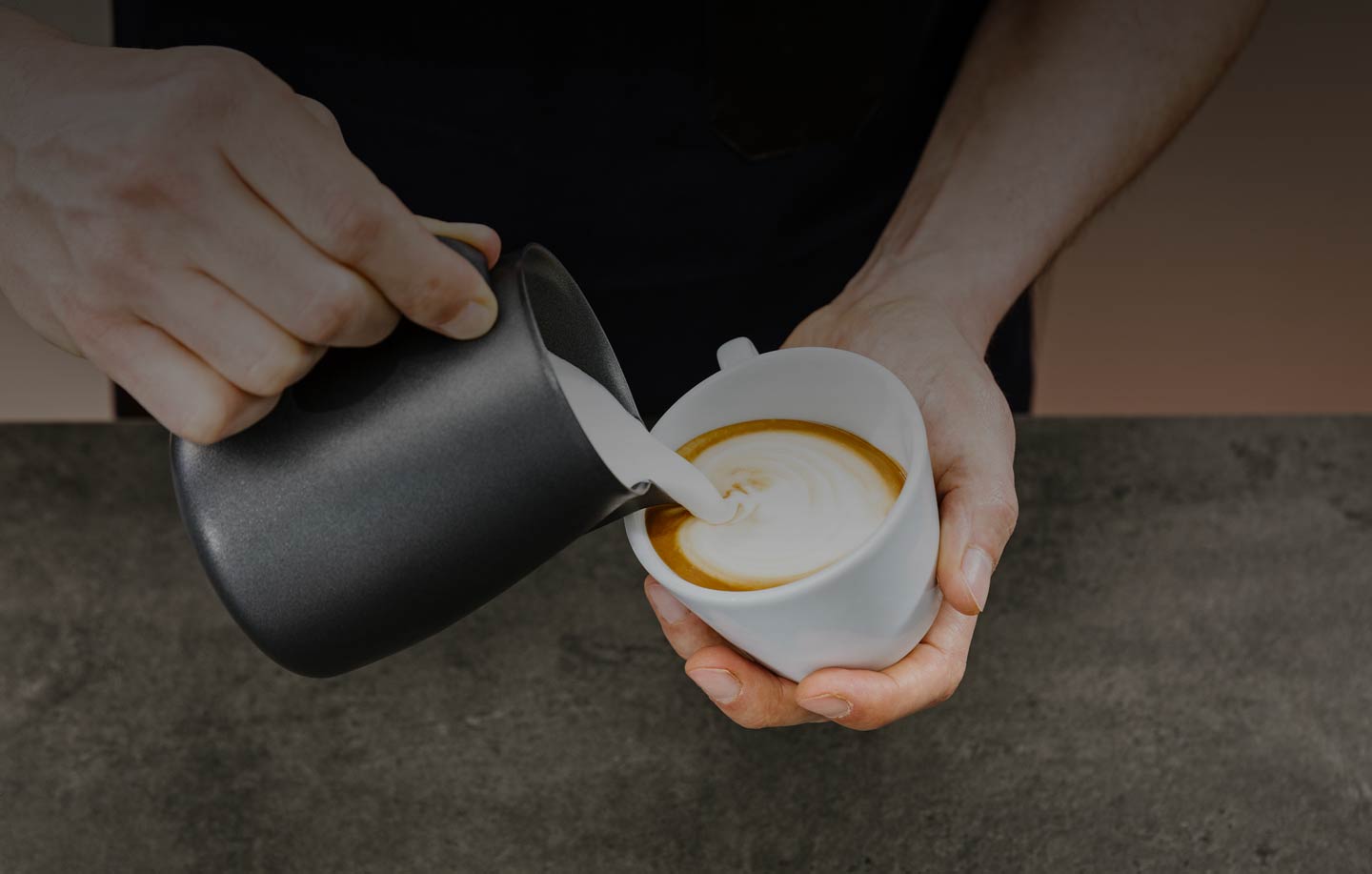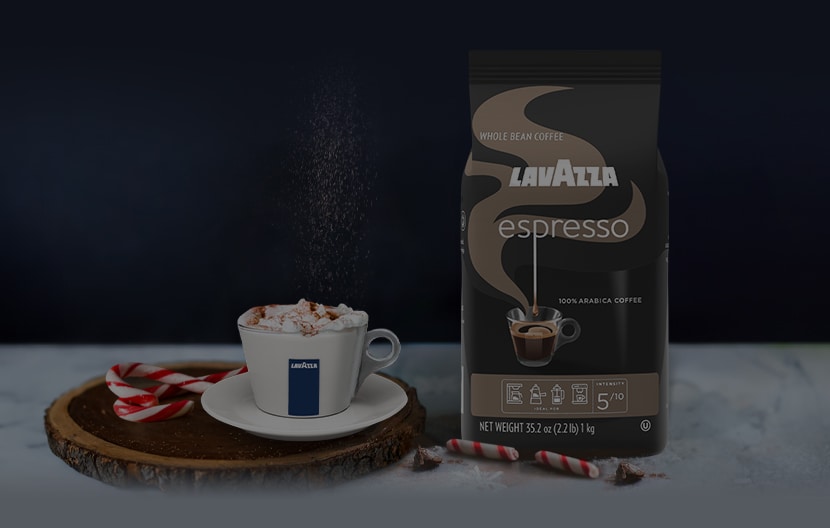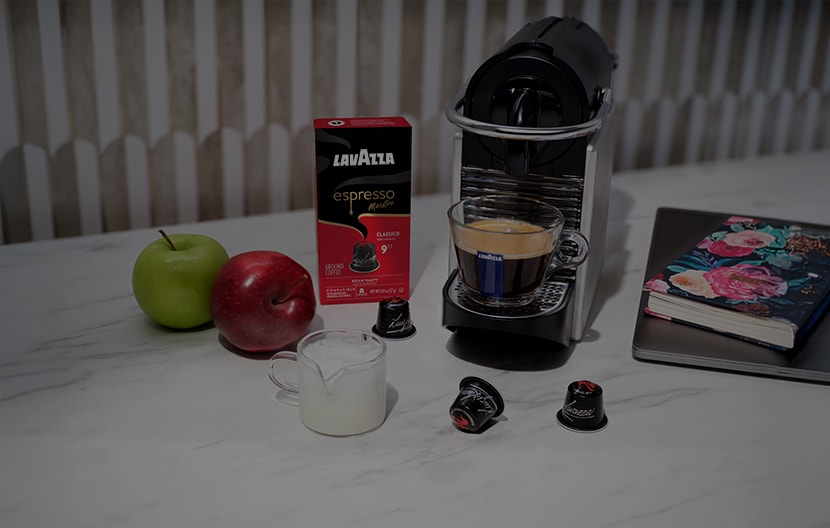*Lavazza is not affiliated with, endorsed or sponsored by Nespresso
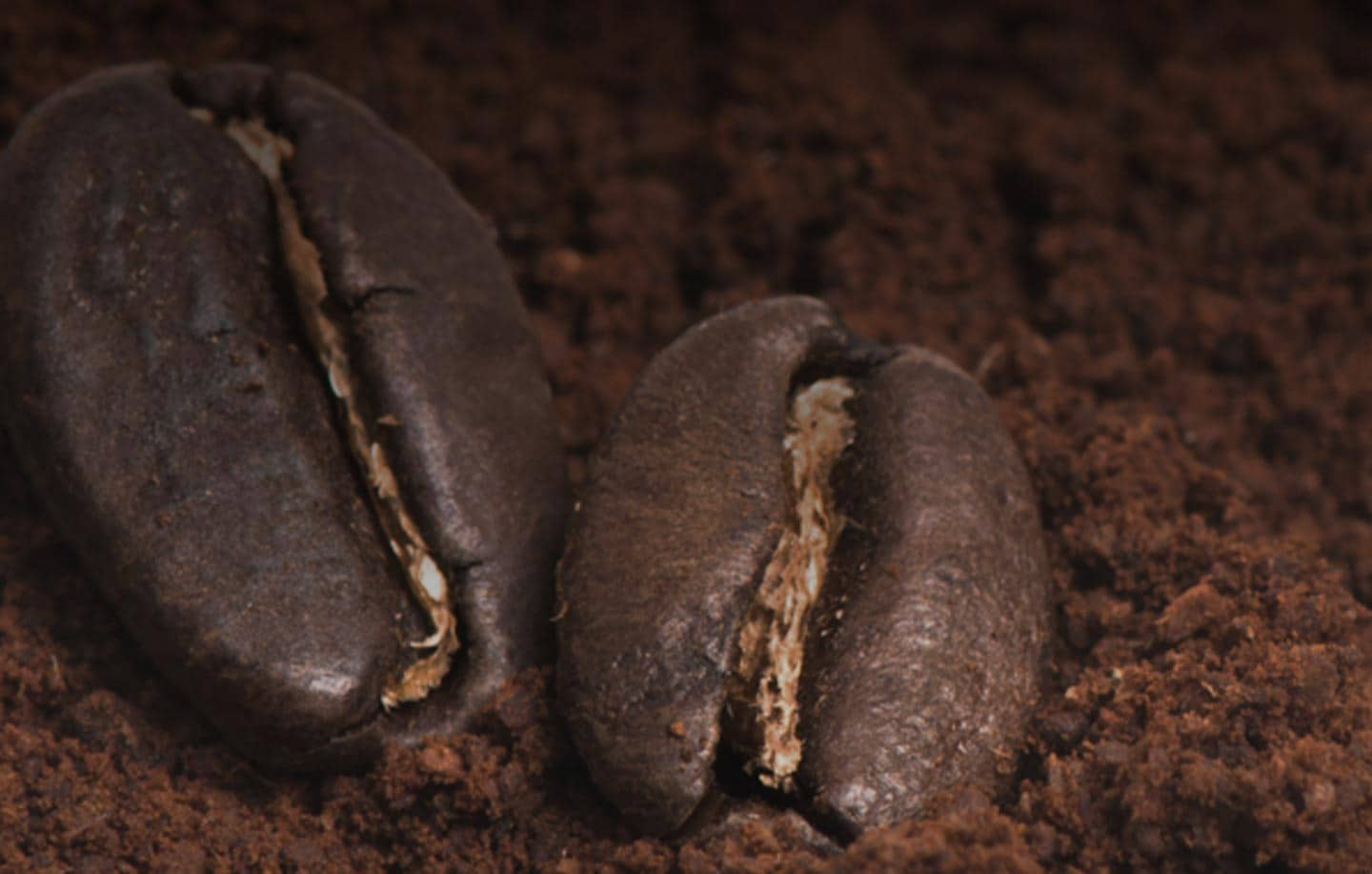
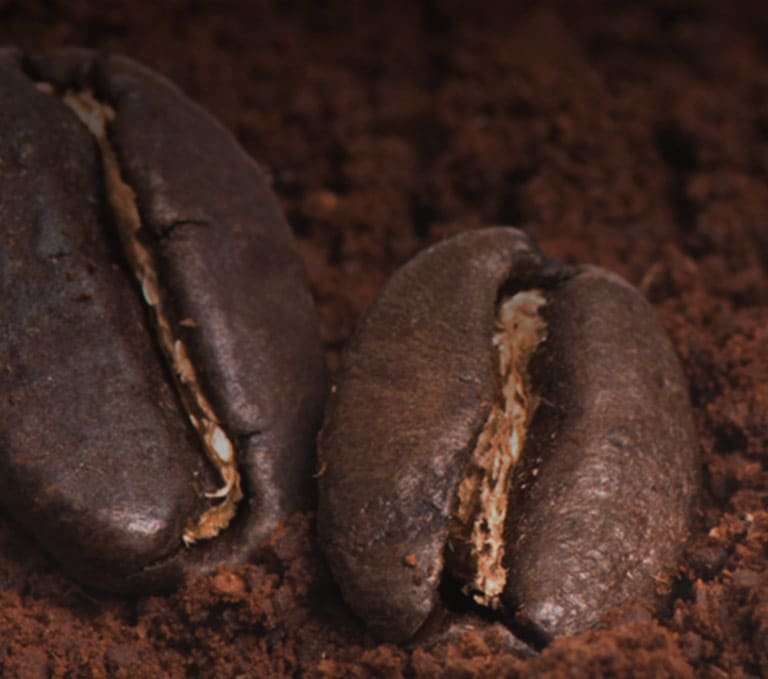
Decaffeinated coffee: everything you need to know
When people discover decaffeinated coffee, they are curious to find out what effectively are the differences to regular caffeinated coffee. Apart from the significantly reduced caffeine content, there should be a particularly slight difference in terms of flavor and smell whether you are tasting a high-quality coffee not compromising your tasting experience.
The history of decaffeinated coffee
During 1819 Johann Wolfgang von Goethe, probably the most famous German author of all times, who was also fond in natural science, met the chemist Friedlieb Ferdinand Runge. Among the various subjects they discussed, the writer gave the man of science a small box of coffee beans imported from Greece, asking him to find out why they were keeping him awake at night. A year later, Runge was the first one to be able to identify and isolate caffeine, learning how to decaffeinate coffee beans turning to a method that allowed him to soak coffee beans in benzene. This process turned out to be a way to significantly decrease caffeine and was then patented.
It wasn’t until 1905 that the German merchant and son of art Ludwig Roselius, founder of Kaffee HAG, began to carefully examine the dangers of caffeine, since he firmly thought it had been the consumption of caffeine to subsist as the cause of his father’s death. Roselius decided then to find a way to remove that poisonous substance from his coffee beans, and after one of his loadd had become soaked with seawater during his journey to Germany, he had the chance to notice some of the caffeine had been removed from the beans themselves, though their taste had been affected by seawater. This strange incident took him to steam the bean beforehand and use benzene to remove the remaining caffeine, immediately before patenting this decaffeination process.
Kaffee HAG would have soon marketed his brand new caffeine-free coffee, which became popular for the high-ranking German citizens of the time, encouraged by the newfound obsession for health and fitness during the 20ies and 30ies. In addition, it became popular to think decaffeinated coffee was healthier for the cardio-circulatory system and would have cured the nerves.
What the process consists of
How do you decaffeinate coffee? There are in fact at least a few ways to obtain decaffeinated coffee beans. The most common are by far the direct-solvent process, the indirect-solvent process, the Swiss Water process, and the Carbon Dioxide process. The first two ones, representing the 70% of this type of processing, make use of a chemical solvent removing the caffeine around. While direct-solvent process takes places when the coffee beans are steamed to open their pores before they are flushed with a solvent that dissolves the caffeine before washing it away, the indirect-solvent one differs, as the solvent itself does not come into contact with the coffee beans.
At first they are soaked in hot water to remove the caffeine, then the caffeine bean-water is treated with the solvent in order to remove the remaining caffeine. At this point, the solution is reintroduced to the beans, so they can reabsorb their flavors and oils.
The Swiss Water method is highly popular in the US and turns out to be pretty similar to the indirect-solvent method, although it does not involve any chemical and instead implies filters. Invented in the 70ies and still widely used today, the Carbon Dioxide process is commonly used for brewing sodas, energy drinks and many other products.
It should be noted that both Swiss water and CO2 are natural processes not involving chemical solvents. Roasting decaf beans is in fact extremely hard, since after processing they can be way harder to control and might react inconsistently when the process is taking place.
The best coffee for a decaf?
There is no better type of coffee for decaf. This is because there is not any type of coffee, including grains, ground or soluble, can be decaffeinated as the process is applied to the beans while they are still green.
Usually those who drink decaffeinated coffee want to replace regular coffee in order not to give up on taste and try to take less caffeine during the day. In fact, it must be said that today decaffeinated coffee has reached levels of taste and quality equal to the normal one and is highly appreciated all over the world. Now that you know a little more about decaf coffee, why not give it a try it in the way that best suits your taste?
